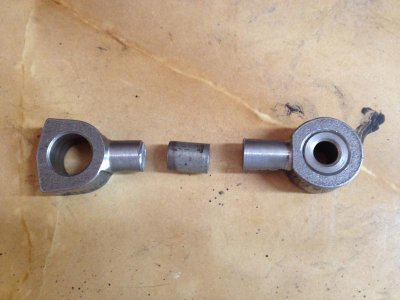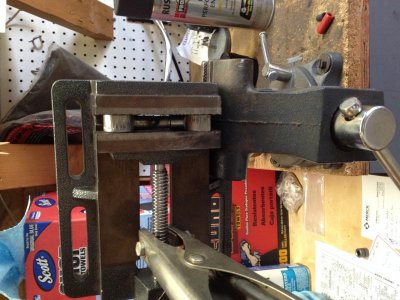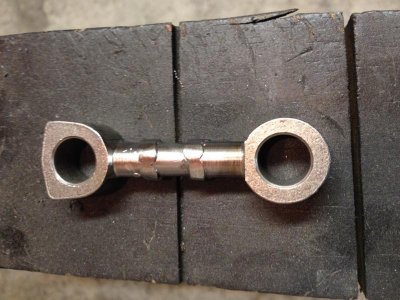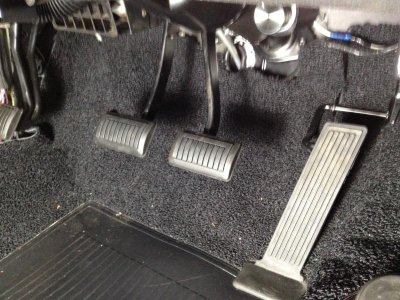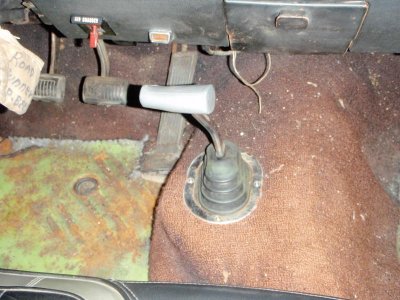I converted my 1970 Road Runner from manual drum brakes to power front disk. While everything hooked up per the FSM, my brake pedal height is too low. It doesn't even contact the brake pedal switch so the brake lights are constantly on.
Does anyone know if there were different sizes for the Bendix linkage, especially the rod (shown with the red arrow below)? It seems if I make this longer that it will fix my problem, but I don't want to start hacking into the brake system until I understand the issue.
Here is the overall problem with the brake pedal.
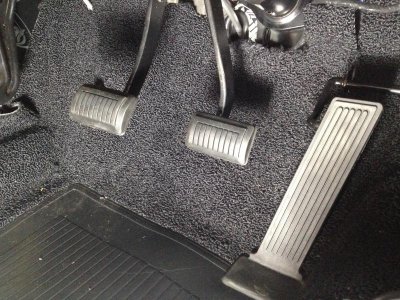
This picture is upside down, but this shows how the brake rod doesn't even contact the brake pedal switch.
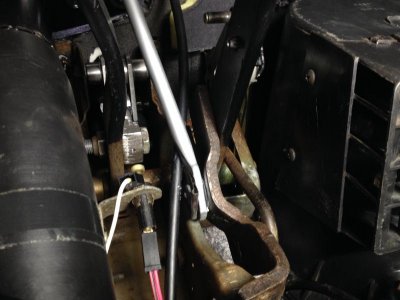
Here is my Bendix style booster. It almost seems that the rod shown with the red arrow is too short? Or could it be the push rod from the booster? Or maybe were there different mounting holes in the brake pedals? :icon_scratch:
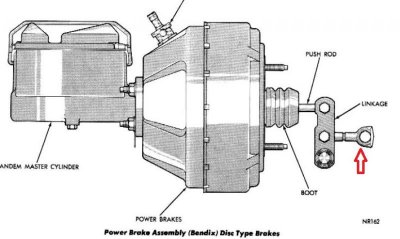
Here is another picture from the FSM on the mounting of this booster. Mine seems to be mounted exactly like this.
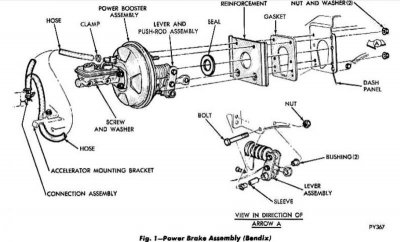
Appreciate any help or measurements anyone can offer.
Thanks,
Hawk
Does anyone know if there were different sizes for the Bendix linkage, especially the rod (shown with the red arrow below)? It seems if I make this longer that it will fix my problem, but I don't want to start hacking into the brake system until I understand the issue.
Here is the overall problem with the brake pedal.

This picture is upside down, but this shows how the brake rod doesn't even contact the brake pedal switch.

Here is my Bendix style booster. It almost seems that the rod shown with the red arrow is too short? Or could it be the push rod from the booster? Or maybe were there different mounting holes in the brake pedals? :icon_scratch:

Here is another picture from the FSM on the mounting of this booster. Mine seems to be mounted exactly like this.

Appreciate any help or measurements anyone can offer.
Thanks,
Hawk



